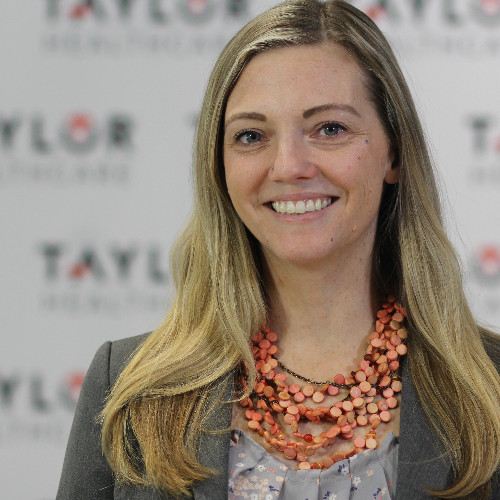Case in Point: Boosting Patient and Employee Satisfaction
Lower employee turnover and improve brand recognition with a unique rewards and recognition program


Chelsea Youngquist
Director of Marketing
Hospital systems nationwide have found ways to use recognition programs to boost employee productivity and engagement while improving patient satisfaction. Additionally, they use these recognition programs to improve employee health and increase brand awareness and consistency across their organizations.
Covenant Health System
Covenant Health System, a large healthcare system in West Texas and Eastern New Mexico, found great value in its recognition program by tying it to overall employee engagement. The goals of the program included lessening employee turnover, increasing patient and employee satisfaction and improving their public image. Their program details included a multifaceted recognition program, rewarding specific employee behaviors and giving employees opportunities to earn recognition points for preventative healthcare initiatives.
The results?
• Nearly 50 percent less employee turnover
• A 48 percent increase in blood drive participation
• A 6 percent increase in wellness program usage
• A nearly $100,000 increase in annual charitable donations to the community
Covenant Health System also used this recognition program to rebrand and unify their workforce after a merger. Using a centralized recognition platform, they connected employees working in different locations across the same network.
Trinity Health System
Employee recognition programs can play a central role in increasing employee engagement and satisfaction. Trinity Health System in Steubenville, Ohio has developed a highly successful employee recognition program focused on five best practices:
1. Create an employee reward and recognition team
Each month, the employee reward and recognition team meets with managers to discuss what’s going well in their areas of the organization.
2. Measure how employees like to be rewarded
Trinity Health System gives a motivational assessment to every new hire to identify how each employee likes to receive recognition. The outcomes influence how they design their recognition programs.
3. Implement non-monetary forms of recognition
Two central components of Trinity Health System’s employee recognition program are “employee of the month” and “employee of the year” awards. The employee reward and recognition team developed several other ways to reward staff in non-monetary ways such as personal thank-you notes.
4. Tie recognition to employee performance management
Each month, managers recognize outstanding performance and send thank-you notes to staff. This information is recorded in the performance management system and is incorporated into employee evaluations.
5. Correlate recognition programs with employee satisfaction and patient experience
Every September, Trinity Health System asks its employees to complete a satisfaction survey that over time has demonstrated improved staff satisfaction ratings. As employee satisfaction scores have increased, so have patient experience scores.
Although it requires a small financial and time commitment, adopting a formal reward and recognition program can pay major dividends in terms of stronger staff engagement, greater employee satisfaction and better patient experiences.

